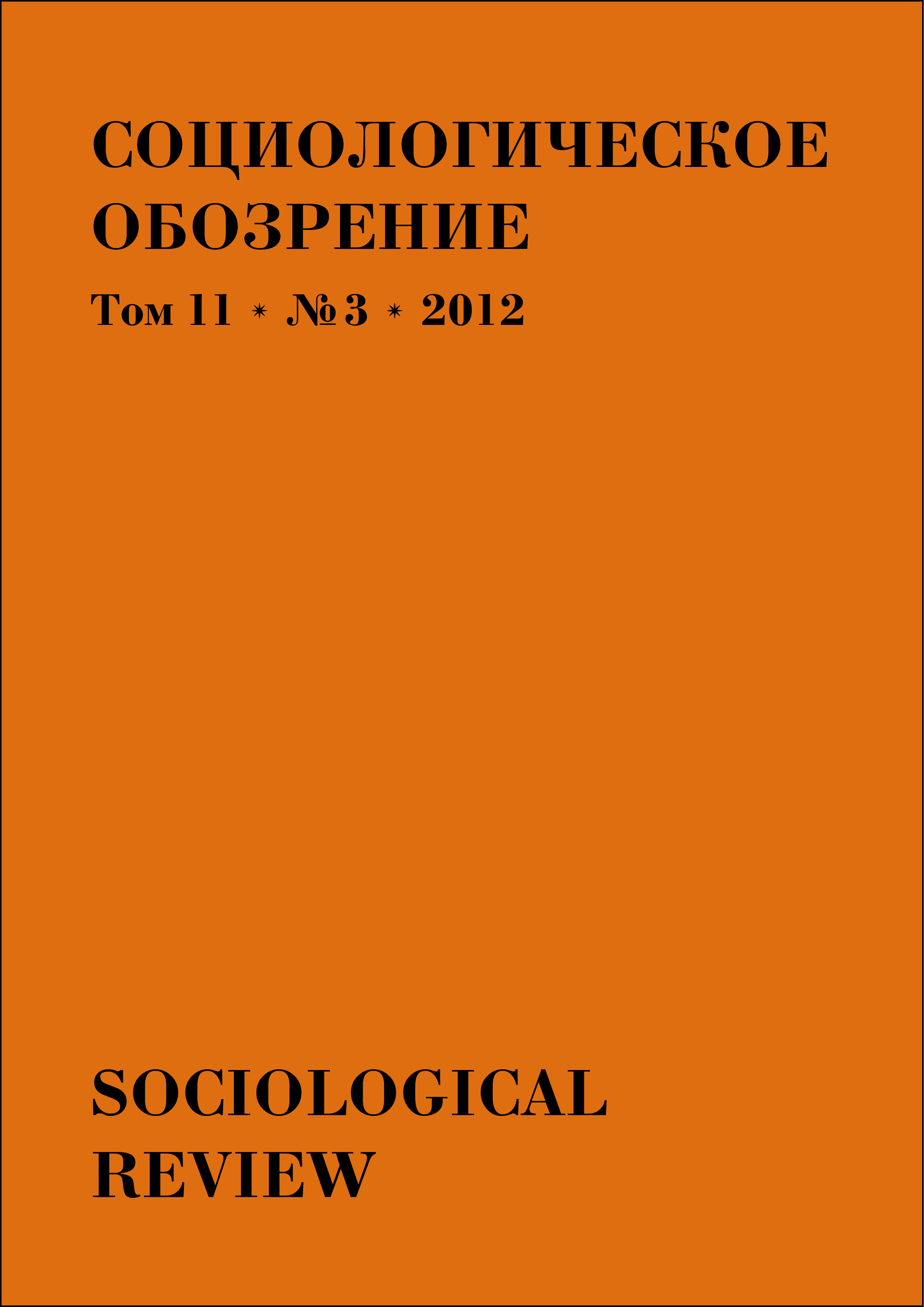What is Ethnomethodology?
Abstract
The question of the ontological and methodological status of ethnomethodology is more than forty years long — it was formulated by Garfinkel in his first programmatic work Studies in Ethnomethodology (1967) and since then has become an essential part of the discussion on the ethnomethodological research strategies. This question also introduces the second programmatic book by Garfinkel, Ethnomethodology’s Program. In answering this question, we can detect a change in the conceptual apparatus of ethnomethodology and methodological bias toward the Durkheimian principle of studying the social as the “thing”. Garfinkel joins this principle with a unique phenomenological realism in the representation of social facts. The objective reality of social facts, the work on their creation, featuring, recognition, description, and transmitting, remains the main issue of ethnomethodology. However, the interpretation of social fact’s objectivity (“thingness”) acquires different sounding and is organized by the different lines of argument — “there is the order in the Plenum”, “order is found in the properties of the phenomenal field of social facts”, and some others. In the earlier studies, the phenomenon of social order and social facts have been found in the variety of living, local, specific details and have been considered to be an achievement of the individuals (which Garfinkel calls “members”) who are organized and skilled in their everyday life. Now, these facts have become things of the social order, the phenomenon of ordinary society existing before and after the individuals and their achievements.




